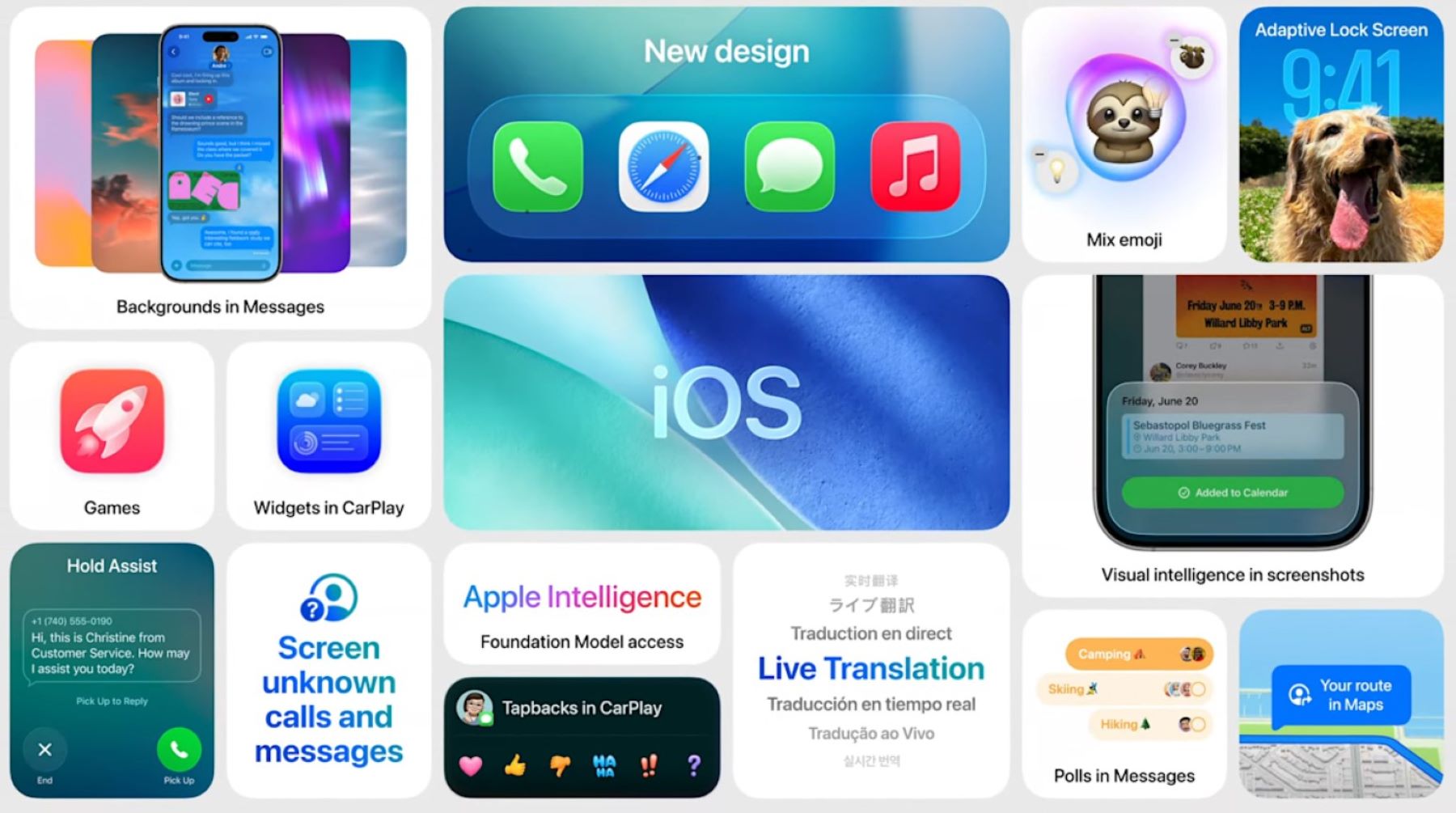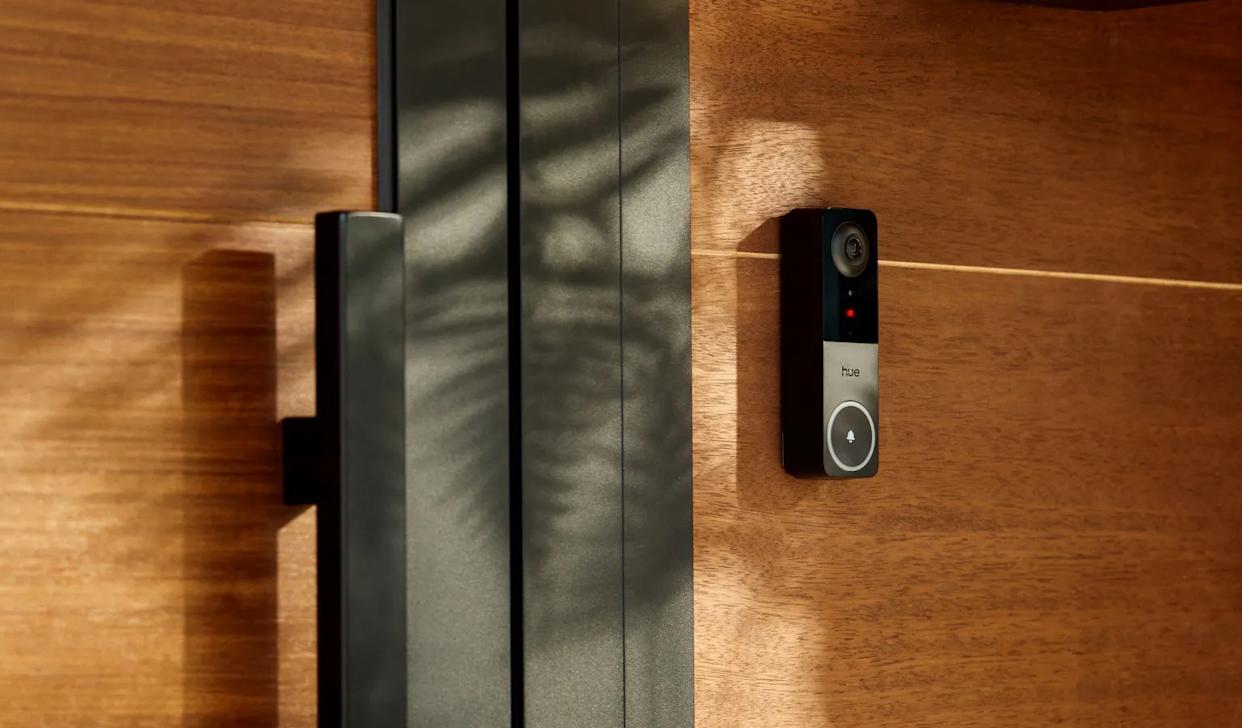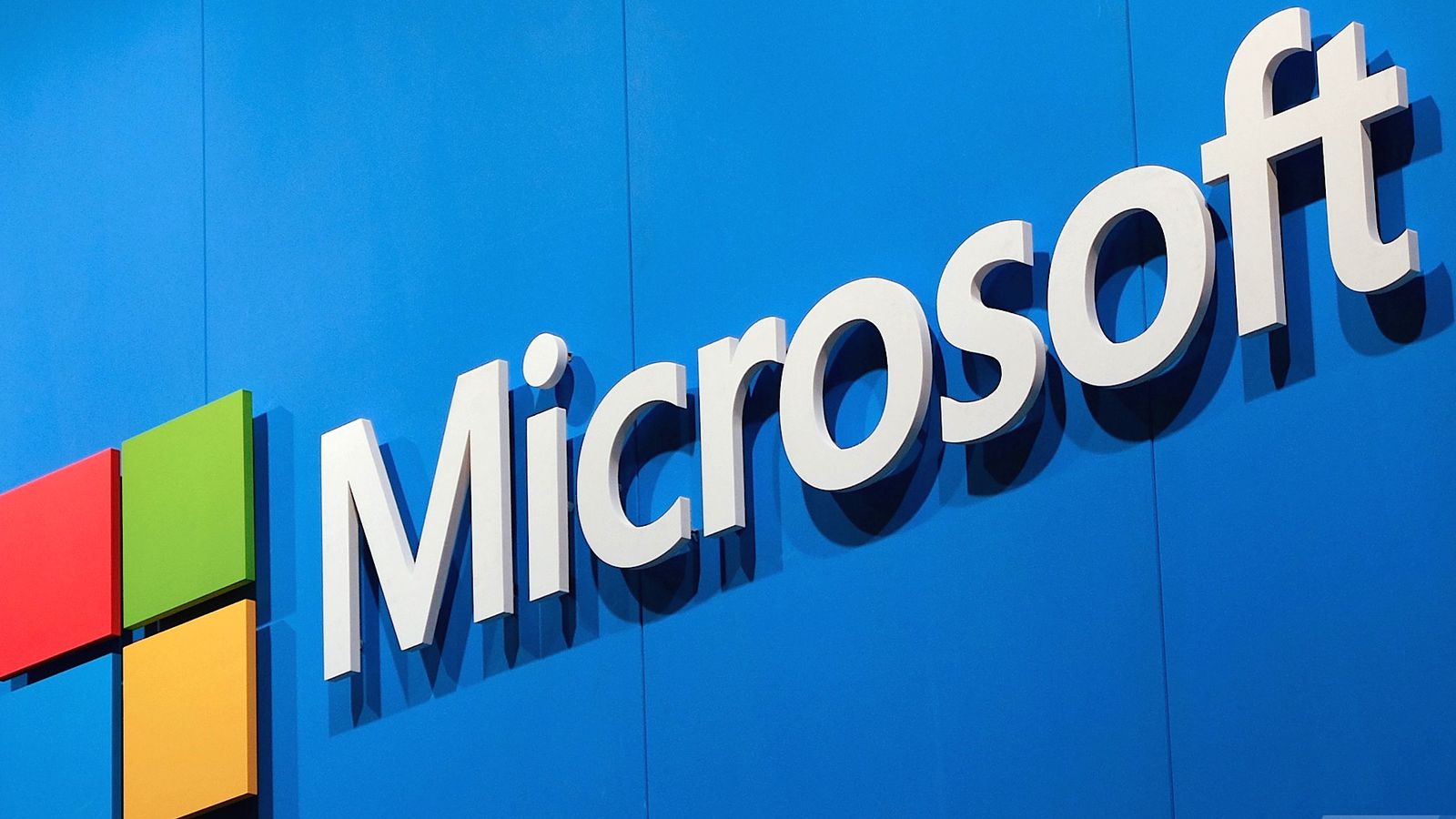Sexual orientation is an issue that has divided countries like the United States (and still does), but common stereotypes remain about gay and lesbian individuals that some believe warrant homosexuals being denied medical care, health care coverage, and the right to marry.
It is the commitment to equal health care and equal access to health care that’s prompted the Center for Disease Control (CDC) to conduct a National Interview Health Survey to see how gays, lesbians, and bisexuals fare in health care and medical issues when compared to their heterosexual counterparts. The survey examined Americans aged 18-64, but the results seem to suggest that heterosexuals fare better than homosexuals.
The NIHS showed that 96.6% of the US population is heterosexual, while 1.6% are gay and lesbian. 0.7% of the population identified as bisexual (meaning that they can have relationships with persons of both sexes), and 1.1% of the population refused to identify with all three of these groups, claiming to be “something else” or declined to answer. When it comes to gay and lesbian persons for young adult and middle aged or elderly group, the National Interview Health Survey found that a near equal percentage of the population in both age groups identifies as either gay or lesbian: 1.9% of 18-44-year olds and 1.8% 45-year-olds and older. Only about 0.7% over age 65 identified as either gay or lesbian.
The bisexual majority in the study consists of 18-44-year-olds (1.1%) as compared to 45-64-year-olds (0.4%) and 65-year-olds and up (0.2%).
Regarding health status, the National Interview Health Study found that gay and lesbian individuals are more likely to smoke than straight persons. 29.5% of bisexuals interviewed were cigarette smokers, as opposed to 27.5% of gays and lesbians and 19.6% of straight persons who smoke cigarettes currently.
When it comes to drinking and alcohol consumption, the numbers just as telling as the cigarette smoking comparison. 35.1% of gays and lesbians and 41.5% of bisexuals have had at least one day with five drinks, as opposed to 26% of heterosexual persons.
Bisexuals, as can be seen from the numbers above, fared the worst in the survey. Bisexuals were far more likely to have psychological distress as opposed to heterosexual persons (11% of bisexuals versus 3.9%).
When it comes to health care, a healthy number of both heterosexuals and bisexuals had a primary health care provider and a medical clinic or doctor’s office to visit regularly (81% heterosexual vs. 72.5% bisexual), although heterosexuals still beat out bisexuals in actively seeking health care despite rising medical costs (16.5% bisexual versus 8.8% heterosexual).
The National Interview Health Survey also found some disparities among male and female participants in the areas of health status, health care, and health care utilization. While the study sought to see the implications of unequal health care and health care access for those who lead alternative sexual lifestyles than the overwhelming majority, it also showed that gays and lesbians are far more likely to get HIV testing than their heterosexual counterparts – and gay men are far less likely to experience obesity than their heterosexual counterparts.
One final note: the above study did not study the subject of gender identity, a separate issue from sexual orientation. While orientation relates to the gender to which an individual is attracted, gender identity concerns the sex with which an individual identifies. A person can be heterosexual but identify as a transgender who, though female externally, sees herself as a man.








Add Comment